SCullet
TPF Noob!
- Joined
- Dec 15, 2013
- Messages
- 15
- Reaction score
- 2
- Location
- South Carolina
- Can others edit my Photos
- Photos OK to edit
Hey all,
I just picked up a Nikon D3100 today. I literally know next to nothing about photography but it's something that I've been really interested in for a long time. I went out and took a couple of shots on the tracks behind my apartment. I'd love to hear your overall impression, things that you would do differently, how you would edit the photos, etc. I'm looking to learn whatever I can.
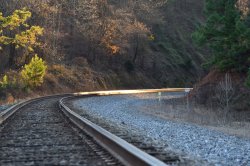
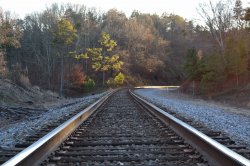
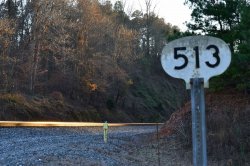
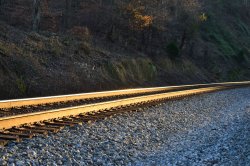
I just picked up a Nikon D3100 today. I literally know next to nothing about photography but it's something that I've been really interested in for a long time. I went out and took a couple of shots on the tracks behind my apartment. I'd love to hear your overall impression, things that you would do differently, how you would edit the photos, etc. I'm looking to learn whatever I can.







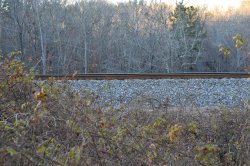
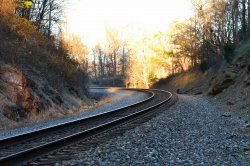
![[No title]](/data/xfmg/thumbnail/31/31979-ea92aca54ae865842d998c9cec534991.jpg?1619735137)
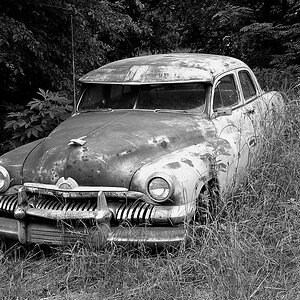
![[No title]](/data/xfmg/thumbnail/39/39291-a89dc472765e04f66f617dd9acc8030d.jpg?1619738958)
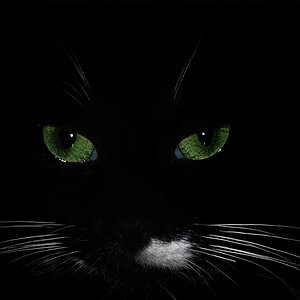
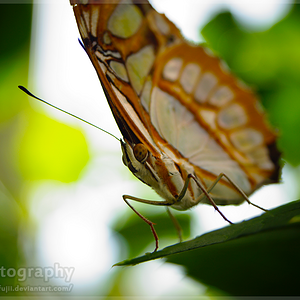
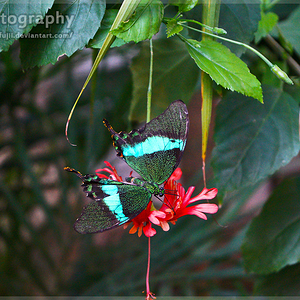
![[No title]](/data/xfmg/thumbnail/39/39292-4169a355b794ae9735845c4ad45d06ff.jpg?1619738958)
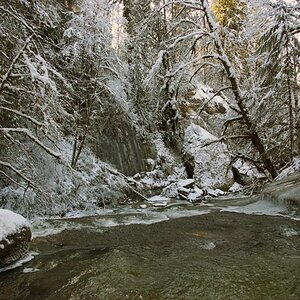
![[No title]](/data/xfmg/thumbnail/31/31977-2b717e032201241cbeae8226af23eba4.jpg?1619735136)